Description
Introduction to Ludhwal Village
Ludhwal Village, nestled in the picturesque Ramban district of Jammu and Kashmir, is a hidden gem known for its natural beauty and vibrant cultural heritage. Surrounded by lush green hills, flowing rivers, and a backdrop of snow-capped peaks, Ludhwal offers a rare glimpse into rural life in one of India’s most scenic regions. Despite the challenges posed by political unrest and geographical isolation, Ludhwal has remained a place where traditional values and agricultural practices continue to thrive. The village is part of the Jammu region’s rich tapestry of cultural diversity, offering a blend of Hindu, Muslim, and regional Dogra traditions.
Population and Demographics
With a population of around 620 people, Ludhwal maintains a close-knit community, where families often trace their ancestry back multiple generations. The village’s population is predominantly agricultural, with many families engaged in farming, animal husbandry, and small-scale craft production. The population's age demographic includes a significant portion of youth (around 35%) who are becoming increasingly involved in education and technology, contributing to the village’s evolving character.
The majority of Ludhwal’s residents identify as either Hindu or Muslim, with a strong tradition of interfaith cooperation and cultural exchange. This harmony is reflected in shared festivals, weddings, and community celebrations, fostering a sense of unity despite the broader religious diversity in the region.
Additionally, the village has seen a modest influx of migrants from neighboring regions, attracted by the tranquil environment and opportunities in agriculture and tourism. As a result, Ludhwal has developed a rich blend of cultural influences from surrounding areas, including parts of Kashmir and Himachal Pradesh.
Cultural Heritage and Traditions
Ludhwal is a village where traditional arts, crafts, and oral histories are still passed down through generations. The villagers are deeply connected to the land, and their festivals and rituals revolve around the agricultural calendar. Key cultural traditions include:
- Lohri and Baisakhi: Harvest festivals that mark the beginning of the harvest season. These festivals are celebrated with bonfires, singing, and dancing, where folk music fills the air.
- Diwali and Eid al-Fitr: These important religious festivals are celebrated with great enthusiasm, with families coming together for communal prayers, feasts, and social gatherings.
- Local Crafts: Many villagers engage in traditional crafts like carpet weaving, woodwork, and pottery, which are sold locally and sometimes shipped to nearby towns like Batote and even Jammu.
In addition, the village’s architecture reflects its environment, with homes made from locally sourced materials like stone, wood, and mud. The traditional homes are designed to withstand the harsh winters and provide insulation against cold temperatures.
Natural Beauty and Attractions
Ludhwal is blessed with breathtaking natural beauty. Surrounded by lush forests, rolling hills, and the serene banks of nearby rivers, the village provides a peaceful haven for nature lovers. The natural environment is rich with biodiversity, with several species of birds, butterflies, and wildlife such as deer and leopards commonly spotted in the region.
Key Attractions:
- Patnitop: Just 18 km from Ludhwal, Patnitop is one of the most famous hill stations in Jammu and Kashmir, known for its pine forests, meadows, and panoramic views of the Chenab River and the Pir Panjal mountain range. Patnitop is also famous for its trekking trails, skiing spots in winter, and its pristine natural beauty.
- Nag Temple: Located about 10 kilometers from Ludhwal, the Nag Temple is an ancient shrine dedicated to Lord Shiva. It is considered a sacred spot, and many locals visit it during festivals and auspicious days.
- Sanasar Lake: A peaceful spot near Ludhwal, known for its clear waters, surrounded by meadows and forests, making it perfect for picnics and casual hikes.
Local Cuisine and Gastronomy
Ludhwal’s cuisine is a reflection of the rural, agricultural lifestyle, with meals often prepared from locally grown produce. Staples of the village's cuisine include:
- Gheur: A sweet fried dish made from flour, milk, and sugar syrup, enjoyed particularly during festivals and family gatherings.
- Rajma and Rice: A comforting and hearty dish made from kidney beans, served with steamed rice.
- Kadhi Pakora: A yogurt-based curry with deep-fried gram flour dumplings, served with rice, a traditional comfort food for the locals.
- Kachalu (Sweet Potatoes): Grown in the fertile lands around the village, sweet potatoes are often roasted or boiled and served as snacks.
- Fruits: Apples, apricots, and peaches are commonly grown in the region, with apple orchards being a significant part of Ludhwal’s horticultural economy.
Visitors can enjoy local food at Batote, which has a variety of small eateries and roadside food stalls, serving authentic Dogri cuisine. These places are known for their homemade style of cooking and offering simple yet flavorful meals.
Economy and Livelihood
The economy of Ludhwal is largely agrarian. Key economic activities include:
- Agriculture: The villagers cultivate crops such as rice, wheat, maize, and barley. The fertile soil, aided by seasonal monsoon rains, supports diverse agricultural practices.
- Horticulture: Fruit farming, particularly apples, is a major source of income for many families. The district of Ramban, where Ludhwal is located, is known for its apple orchards, which contribute significantly to the regional economy.
- Animal Husbandry: Many villagers engage in raising cows, goats, and chickens. Dairy products such as milk, curd, and butter are produced for personal consumption as well as for local markets.
- Tourism and Handicrafts: In recent years, tourism has become a growing sector, with visitors coming to explore Ludhwal’s natural beauty and surrounding areas like Patnitop and Sanasar. Local artisans create handwoven carpets, woolen shawls, and wood carvings, which are sold in local markets and sometimes exported to larger cities.
- Eco-Tourism Initiatives: The rise of eco-tourism has led to some small businesses offering guided tours, treks, and cultural experiences, thereby providing an additional income stream for the community.
Education and Infrastructure
Though Ludhwal does not have advanced educational facilities, its community values education. Local government-run schools and a private school, St. George Convent School, provide basic education up to the 8th standard. For further studies, children travel to nearby Batote, which has secondary and higher education institutions.
The village is working towards improving infrastructure, with recent developments aimed at enhancing connectivity:
- Road Access: The village is connected by a network of small roads that lead to Batote, making travel more accessible.
- Electricity: While the village still depends on the national grid for electricity, solar panels have been introduced in a few households to support sustainable energy use.
- Water Supply: Recent projects have focused on improving water supply, with new irrigation systems being introduced to ensure more efficient water management.
Tourism and Accessibility
Ludhwal is easily accessible by road, located just 5 kilometers from Batote, which lies on the Jammu-Srinagar National Highway (NH 44). The nearest major city is Jammu, about 120 kilometers away, offering good transportation links by bus or private vehicles. Ludhwal does not have major tourist infrastructure like hotels or resorts, but Batote has several guesthouses, lodges, and restaurants where visitors can stay.
The village is also a hub for trekkers and adventurers heading to nearby mountain trails or camping areas. For those interested in eco-tourism, Ludhwal’s serene environment and scenic beauty offer a unique experience of rural life. Local guides offer walking tours through nearby forests and meadows, providing insight into traditional farming techniques, local wildlife, and the natural history of the region.
Community Life and Sustainability
Ludhwal is characterized by its strong sense of community, where family and social ties are central to daily life. Village councils, known as panchayats, play an important role in decision-making and managing the collective welfare of the community. Local gatherings, social events, and religious ceremonies are occasions for the entire village to come together and celebrate.
Sustainability is a key focus in Ludhwal. Traditional farming methods are often organic, and residents are working to preserve natural resources through conservation efforts. Locals practice crop rotation, use organic fertilizers, and emphasize water conservation techniques. The village is also focused on waste management and recycling, and there are community-driven initiatives like tree planting and awareness campaigns for maintaining the beauty of their natural surroundings.
Conclusion
Ludhwal Village, while small and rural, is a microcosm of the larger cultural, agricultural, and natural richness of Jammu and Kashmir. It is a place where time seems to slow down, offering a respite from the hustle and bustle of modern life. The village’s deep-rooted traditions, harmonious community life, and connection to the land make it a unique and charming destination for those seeking to experience authentic rural life. Whether for those interested in history, culture, or nature, Ludhwal promises a rare and fulfilling journey into the heart of the Himalayan foothill.
Photos
Videos
Location Map
Contact Information
| Address |
Ramban,j&k pincode -182143 |
| Phone Number |
9622004678 |
| Website | https://jkpanchayat.jk.gov.in/homeview.php?panchayat=Ladwal&block=Batote |
Reviews (3)


Nice village

very nice

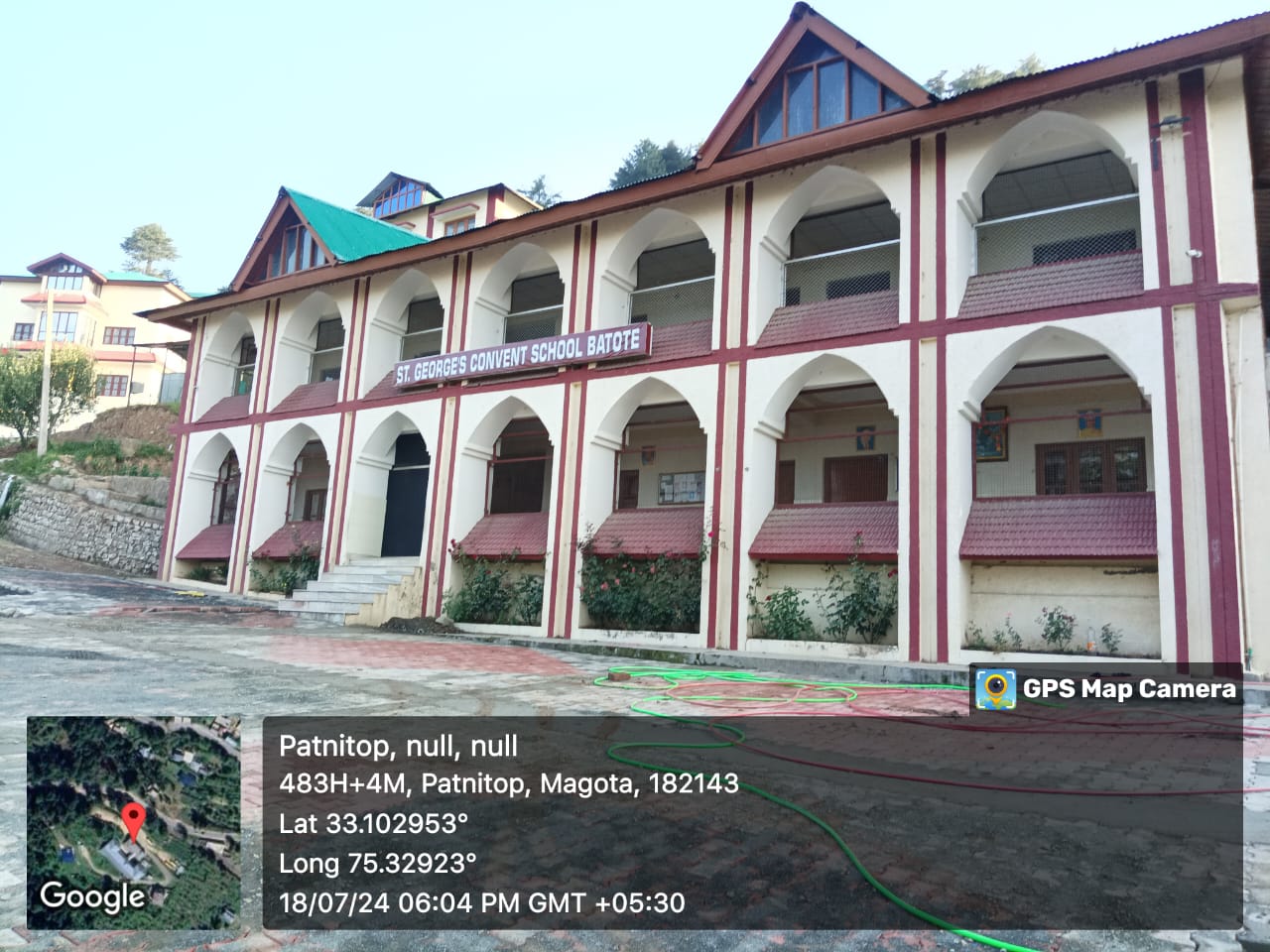













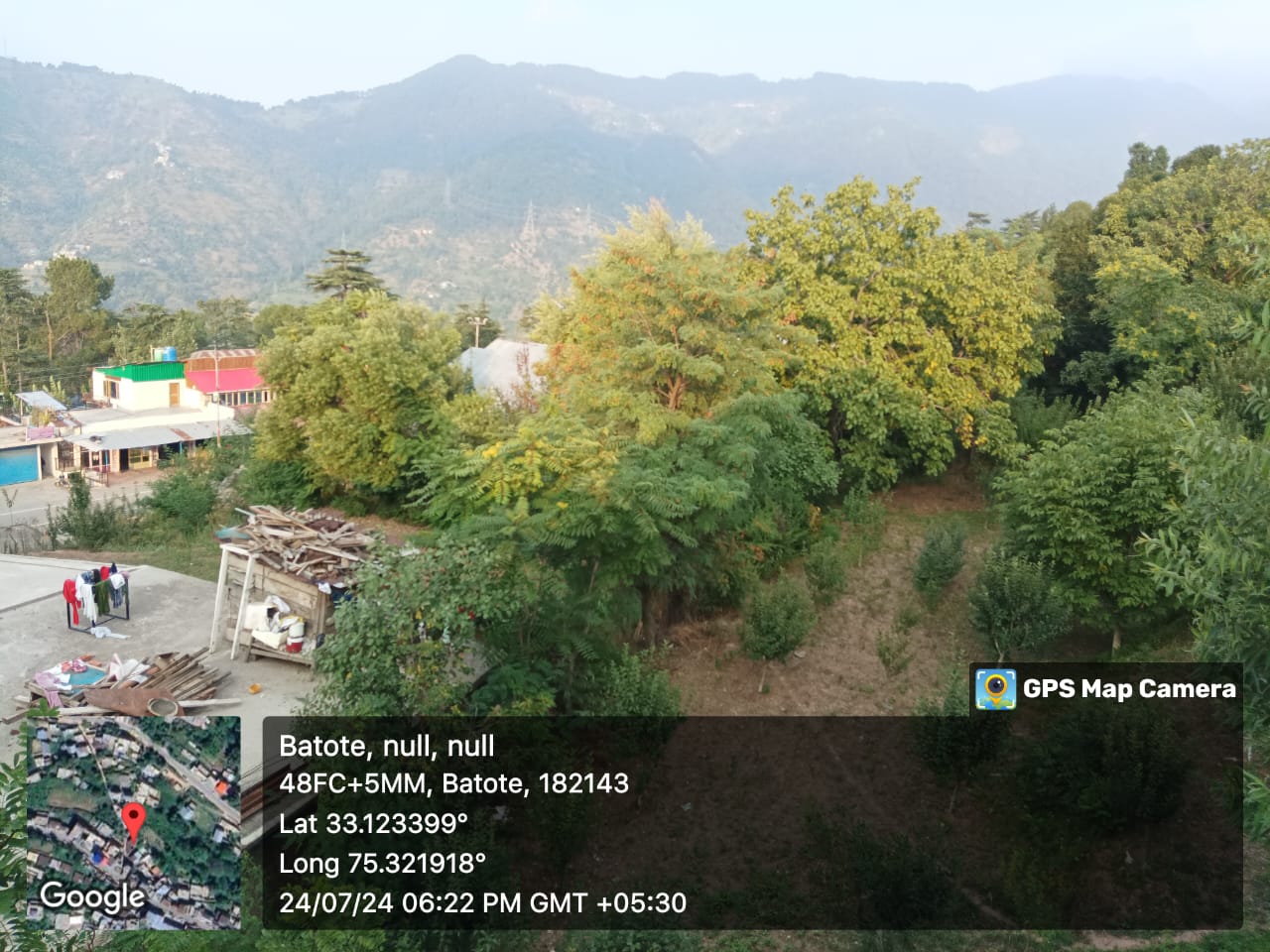
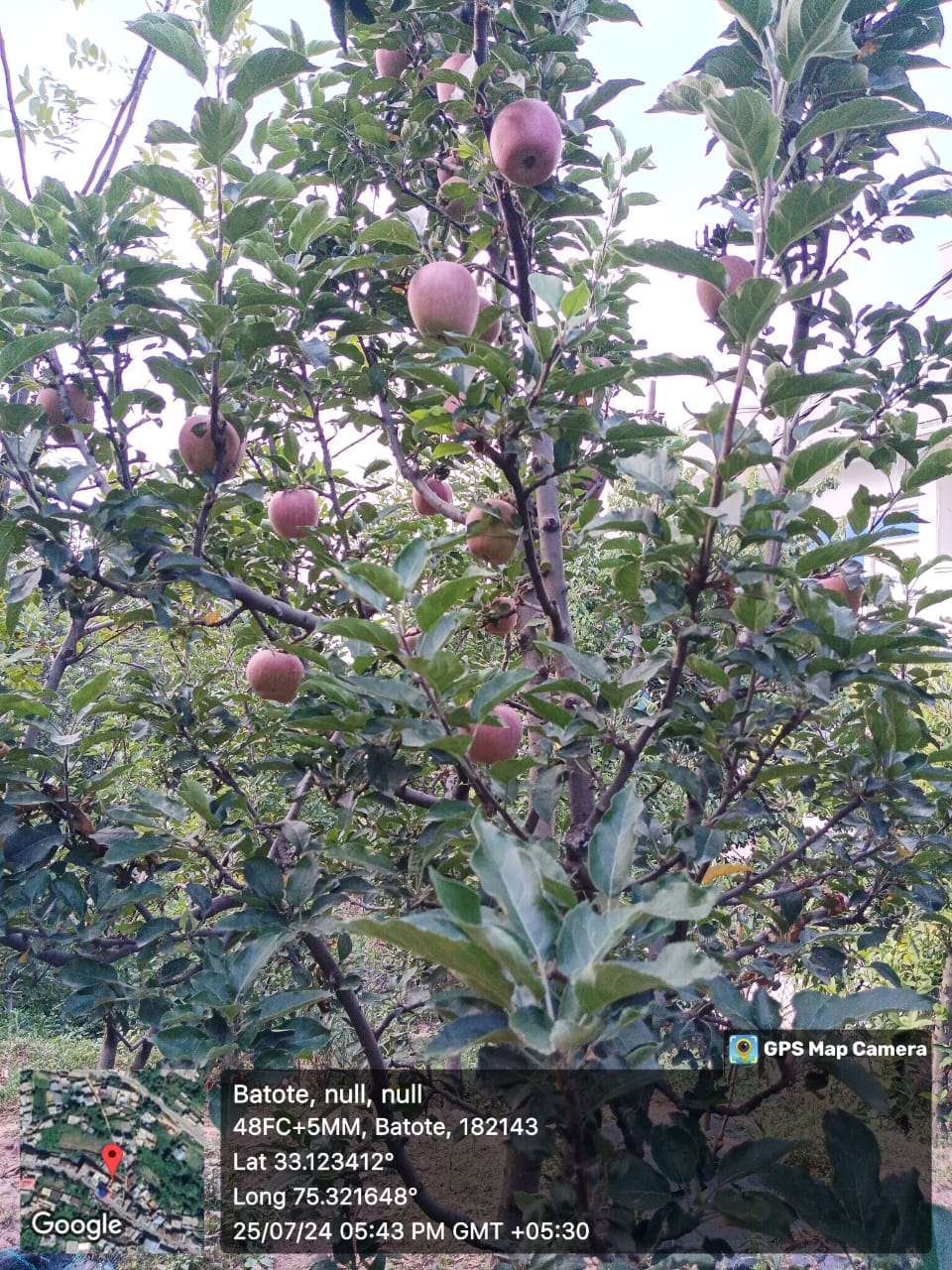








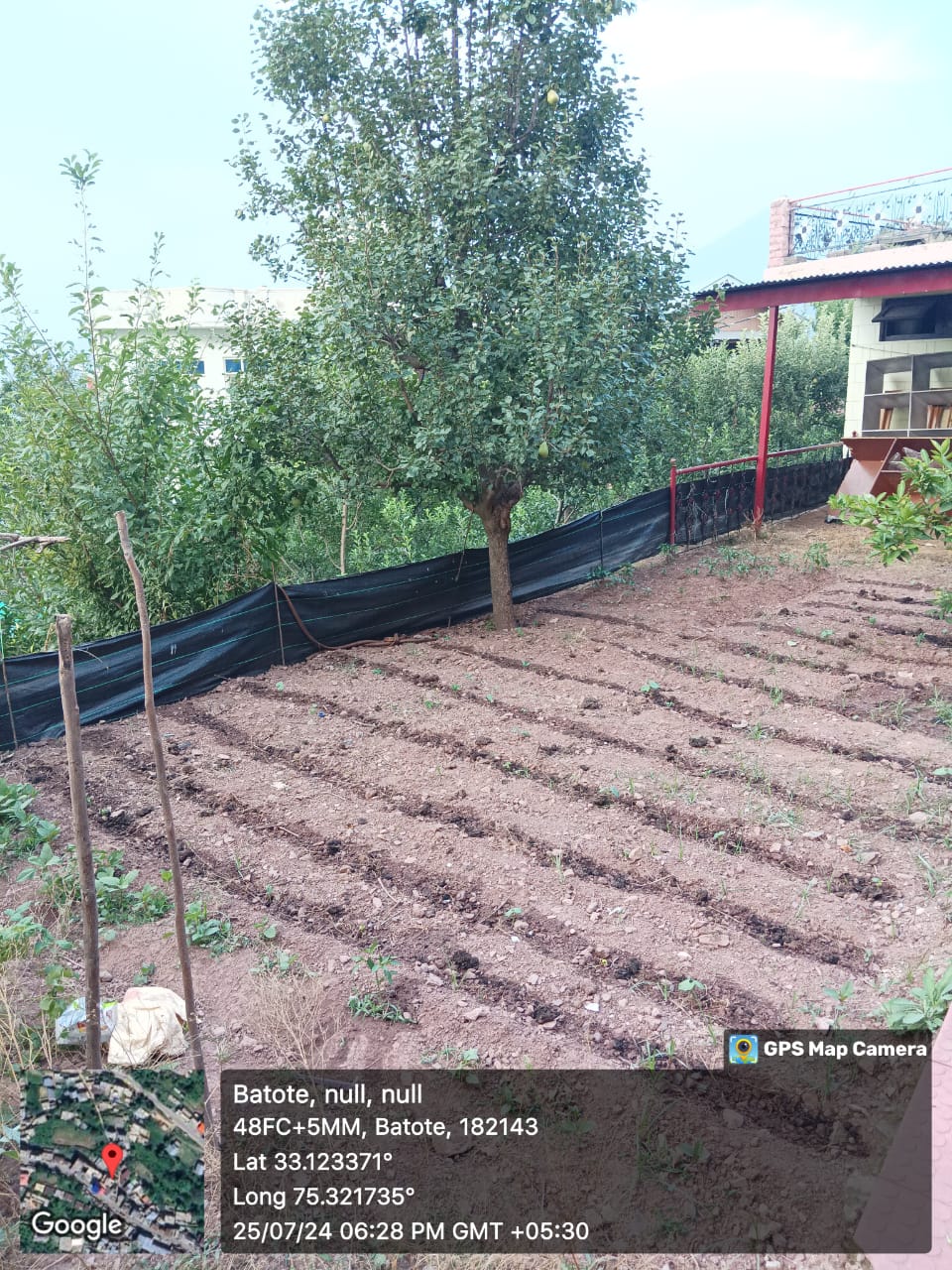





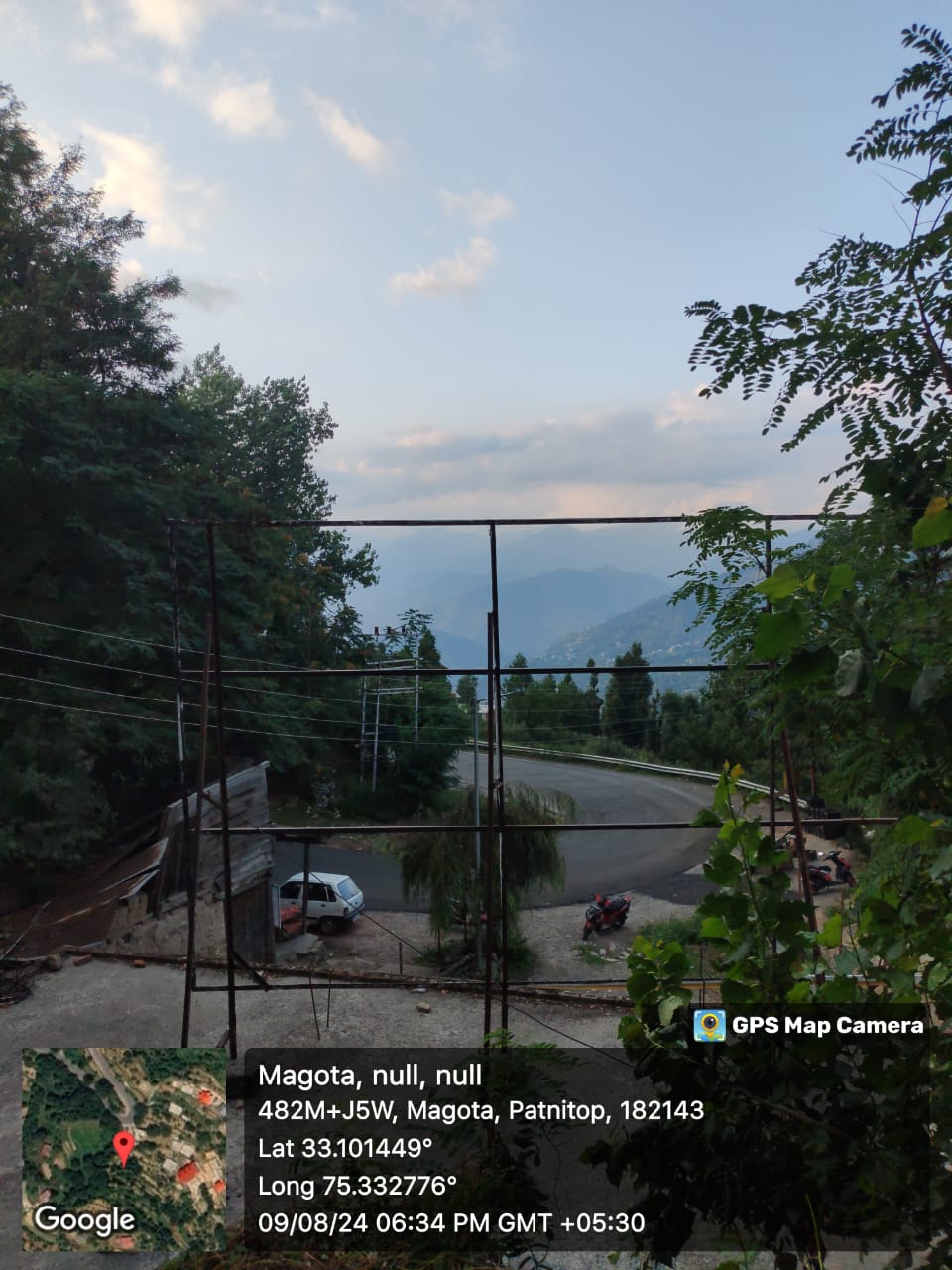













Good!